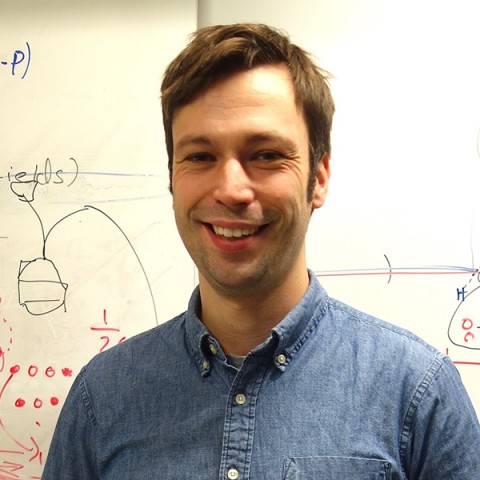The National Science Foundation has announced the formation of a new institute that will explore new ways to create and connect quantum computers and networks.
Established with a $25 million, five-year NSF award, the new Quantum Leap Challenge Institute for Hybrid Quantum Architectures and Networks (HQAN) includes the University of Chicago, the University of Illinois at Urbana-Champaign and the University of Wisconsin-Madison. The institute, which will be headquartered at the University of Illinois’ Quantum Information Science and Technology Center, will create new undergraduate and graduate training opportunities and includes partnerships with industry and government labs. It is one of only three Quantum Leap Challenge Institutes in the country.
All three Midwestern research institutions are members of the Chicago Quantum Exchange, a hub to advance quantum science by connecting institutions and companies across the region.
“Quantum information science has the potential to change the world. But to realize that potential, we must first answer some fundamental research questions,” said Sethuraman Panchanathan, NSF Director. “Through the Quantum Leap Challenge Institutes, NSF is making targeted investments. Within five years, we are confident these institutes can make tangible advances to help carry us into a true quantum revolution.”
“The development of quantum computers is faced with a major challenge in scaling up to high numbers of qubits,” said National Science Foundation Program Director John D. Gillaspy. “This center will explore the feasibility of creating networks of small quantum computers as an alternative to more complex, larger ones. Success from these researchers would mean a faster move toward a quantum computing revolution.”
Researchers and industry leaders are increasingly excited about quantum computing as an approach that could run calculations that are prohibitively costly or even impossible for today’s classical computers to handle. But the technology is still in development, and thus far scientists and engineers have only been able to connect a moderate number of “qubits”, the bits of a quantum computer.
However, scientists wonder if grouping multiple quantum processors or devices into smaller modules in a network could alleviate some of the scaling issues and present a new paradigm for large-scale quantum systems. This approach would also allow researchers to connect modules that are made out of different types of qubits in a “hybrid” architecture.

“The key to constructing a hybrid architecture is the ability to couple different quantum systems to each other,” said Hannes Bernien, an assistant professor at the Pritzker School of Molecular Engineering at the University of Chicago, who leads UChicago’s part of the effort. “Developing such capabilities requires that experts from multiple fields come together and work on these challenges in a joint effort. This is exactly the unique approach that HQAN brings to the table.”
HQAN will create three hybrid quantum platforms that discover and refine designs for distributed quantum processors and local networks that leverage the strengths of multiple types of quantum hardware.
“Connecting multiple quantum processors in a network could alleviate some of the scaling issues,” said Brian DeMarco, a physics professor at the University of Illinois at Urbana-Champaign who is the director of HQAN. “Our team’s approach could also open up new opportunities because a hybrid quantum network may be optimal for solving problems that require distributed computing resources.”
For example, a system designed expressly for high-fidelity calculations, another with high-speed gates, and yet another dedicated to data storage could be connected via a secure quantum network. This is akin to how today’s computers group functions such as memory, processing, and networked computation in the cloud.
The HQAN team includes experts from chemistry, computer science, mathematics, materials science, physics and engineering—a combination that is necessary to push this area of research and technology development forward.
The team will focus on developing the technology to connect multiple different quantum devices in a local network within a single testbed environment. In this arrangement, quantum information can be routed through the different network nodes.
It also seeks to develop a full-stack solution for a distributed hybrid computing network. The team will explore new uses for this local network and implement protocols such as quantum fingerprinting and private quantum searching.
Finally, it will investigate new types of node architectures, such as protected quantum bits, which have the potential to revolutionize error correction strategies.